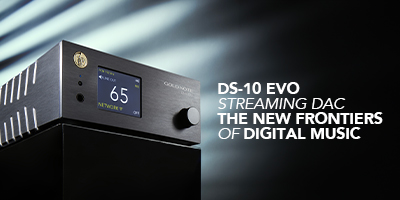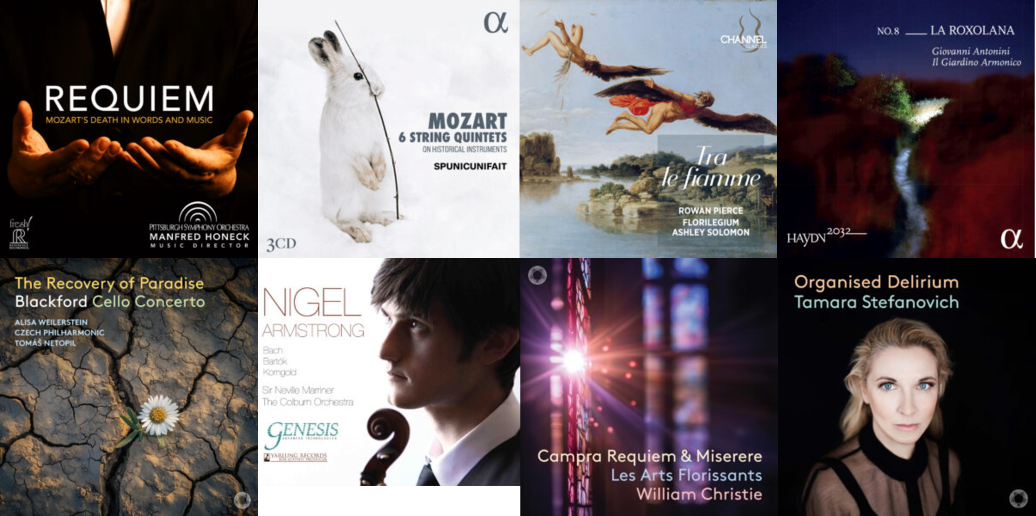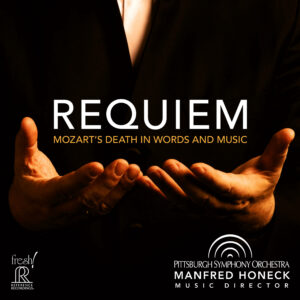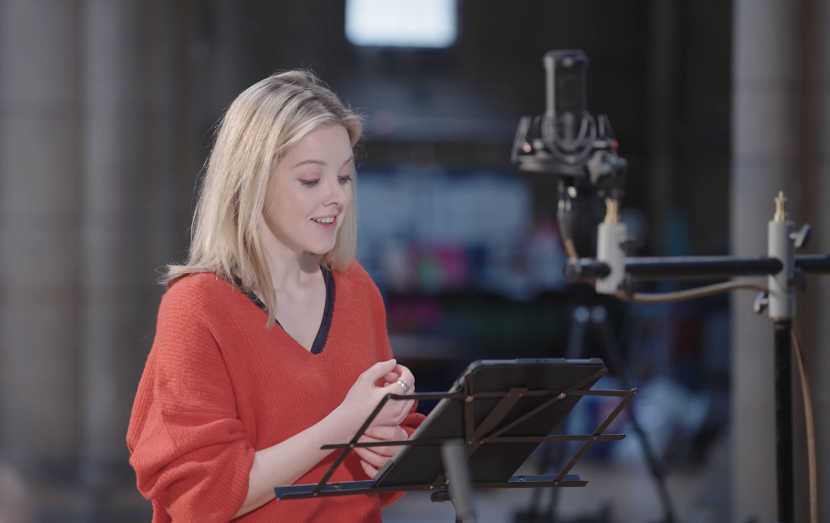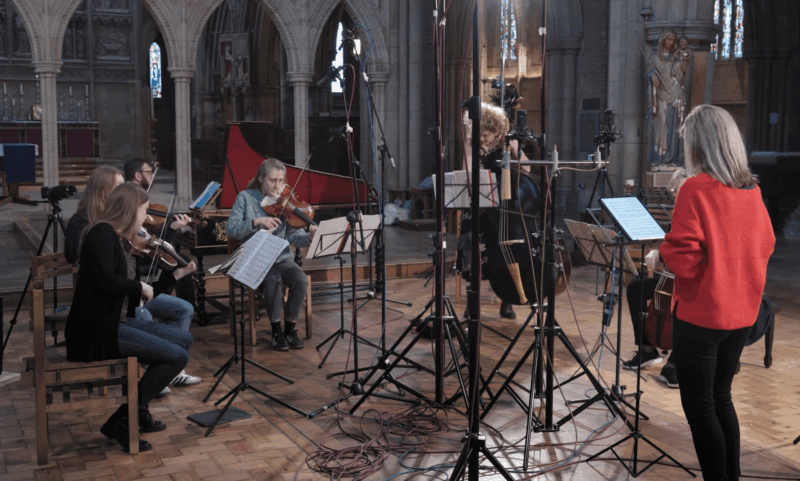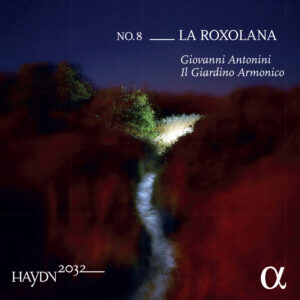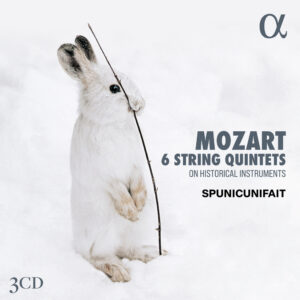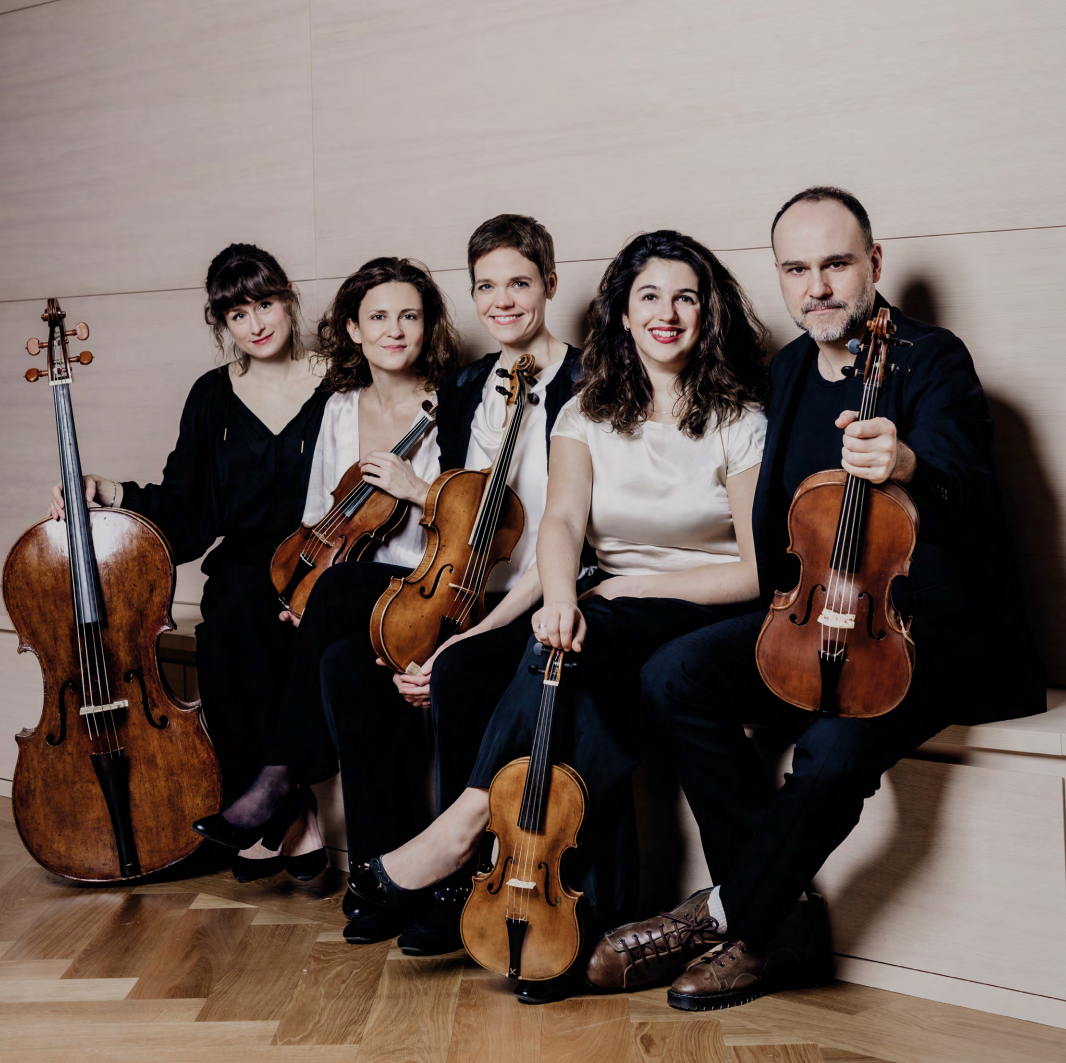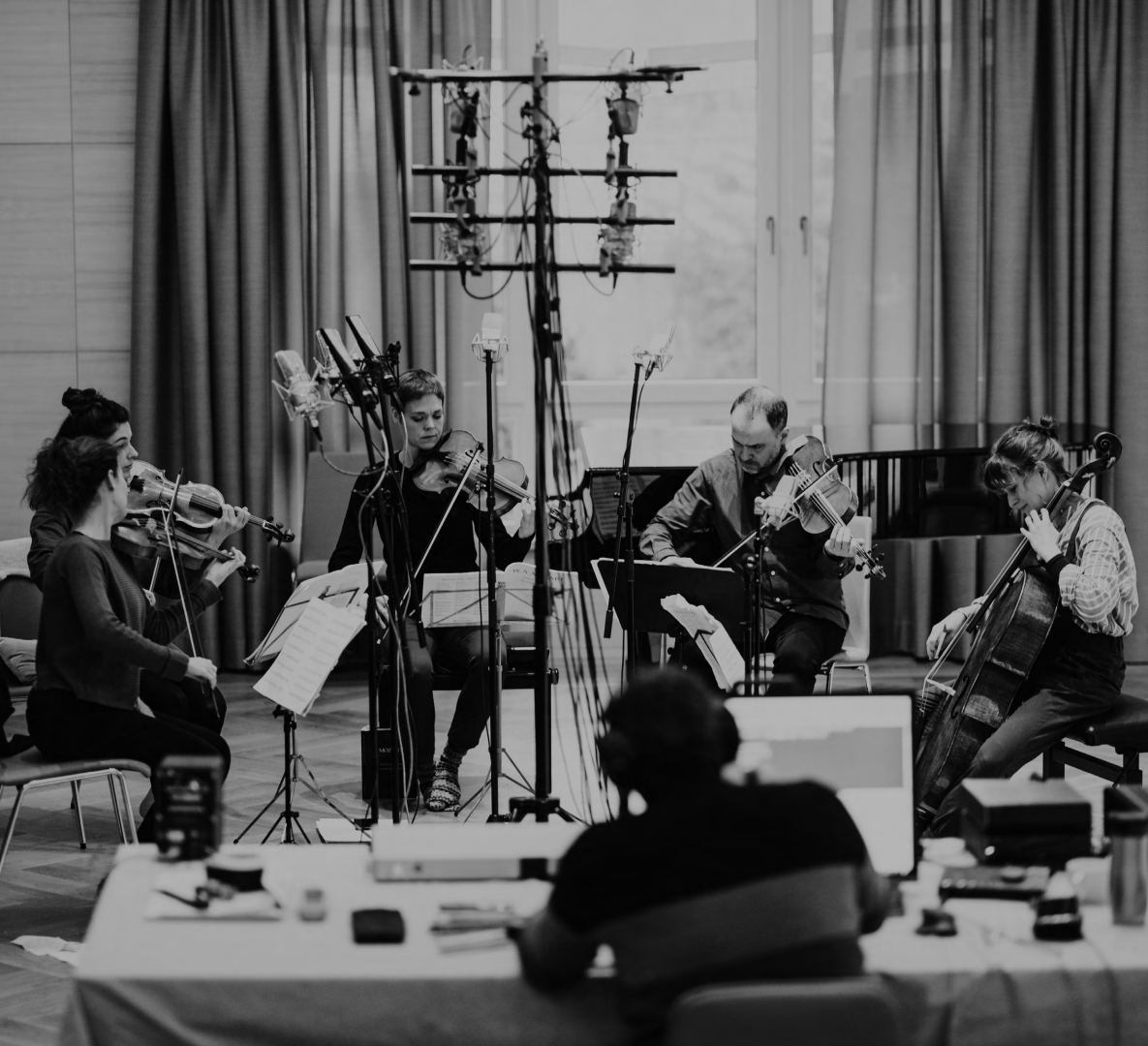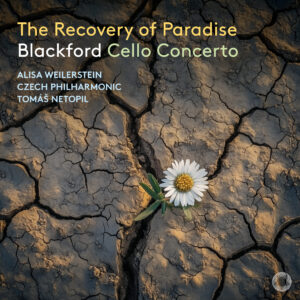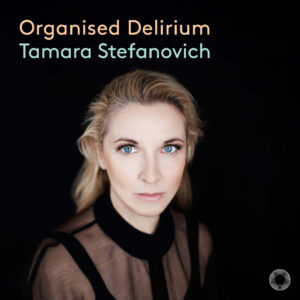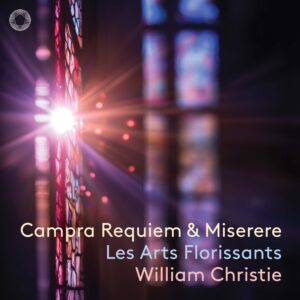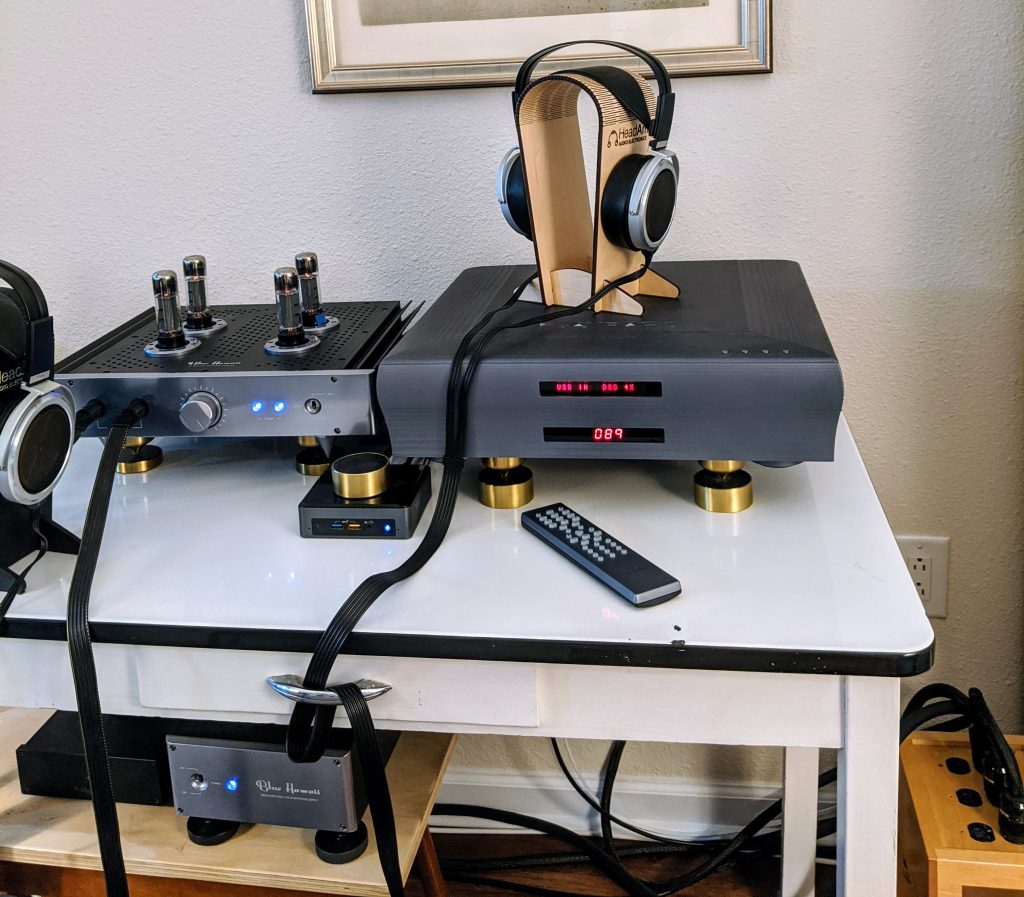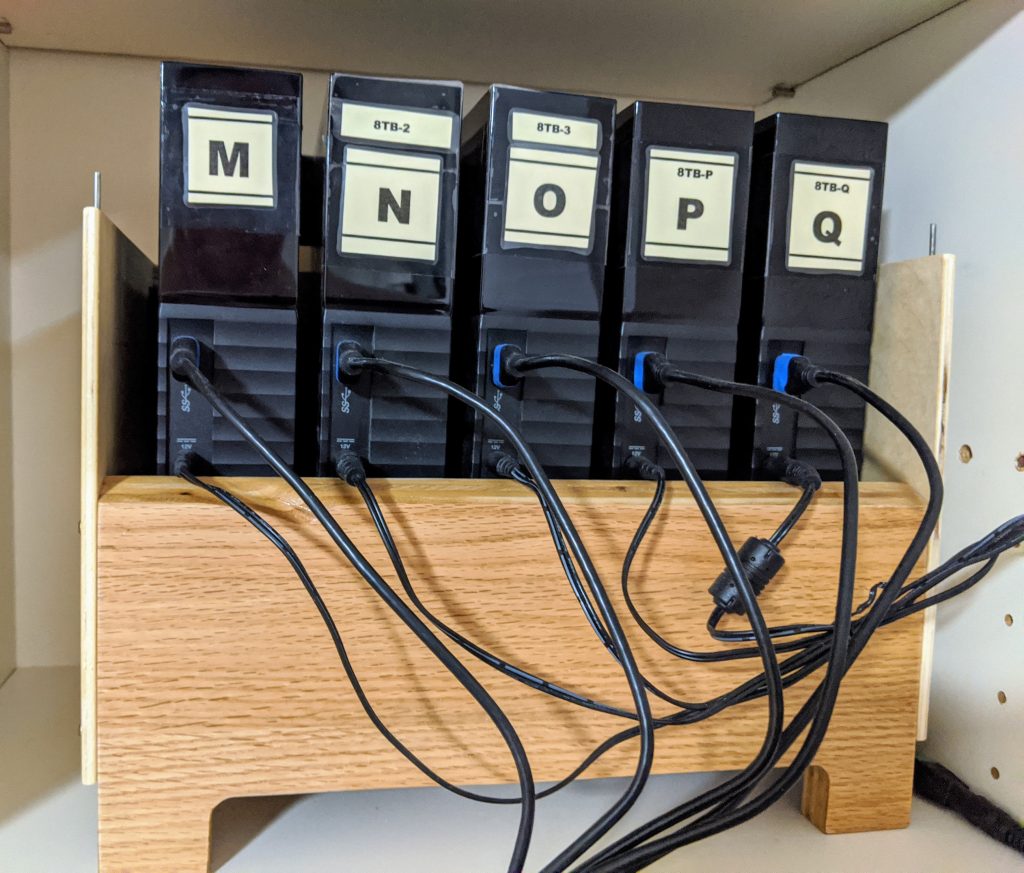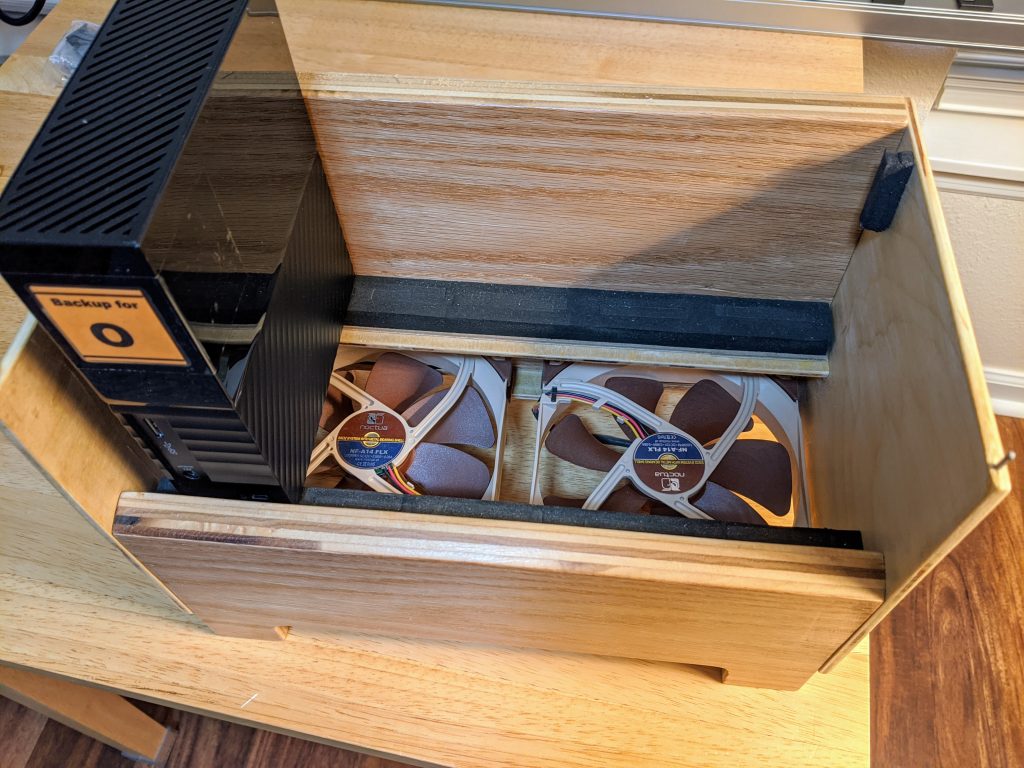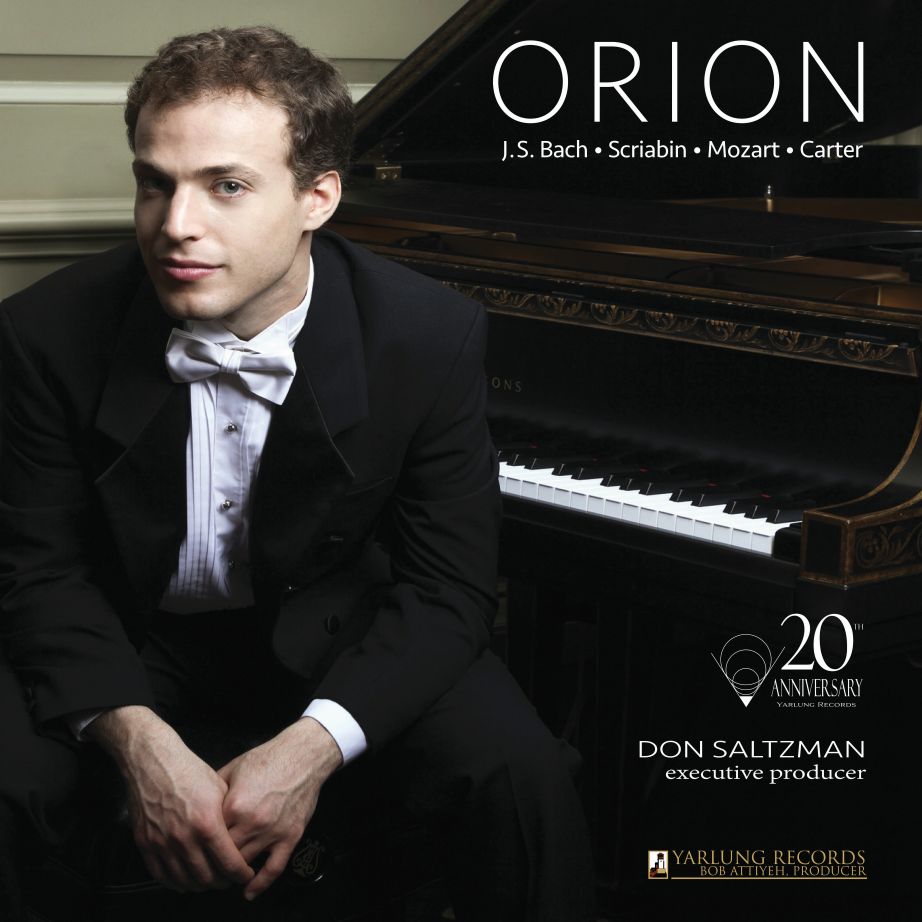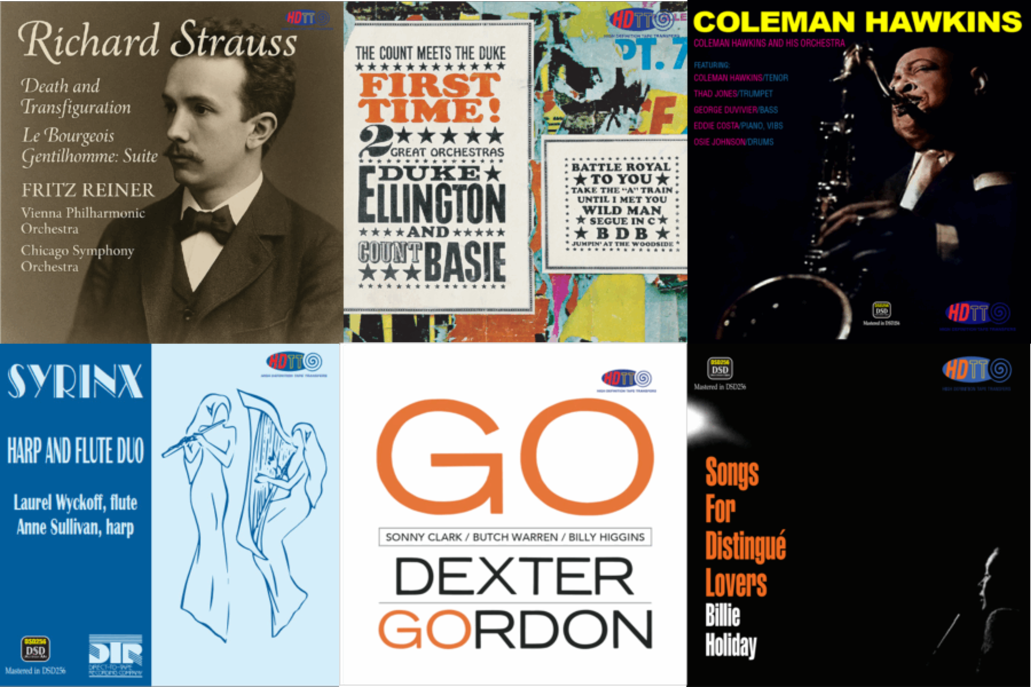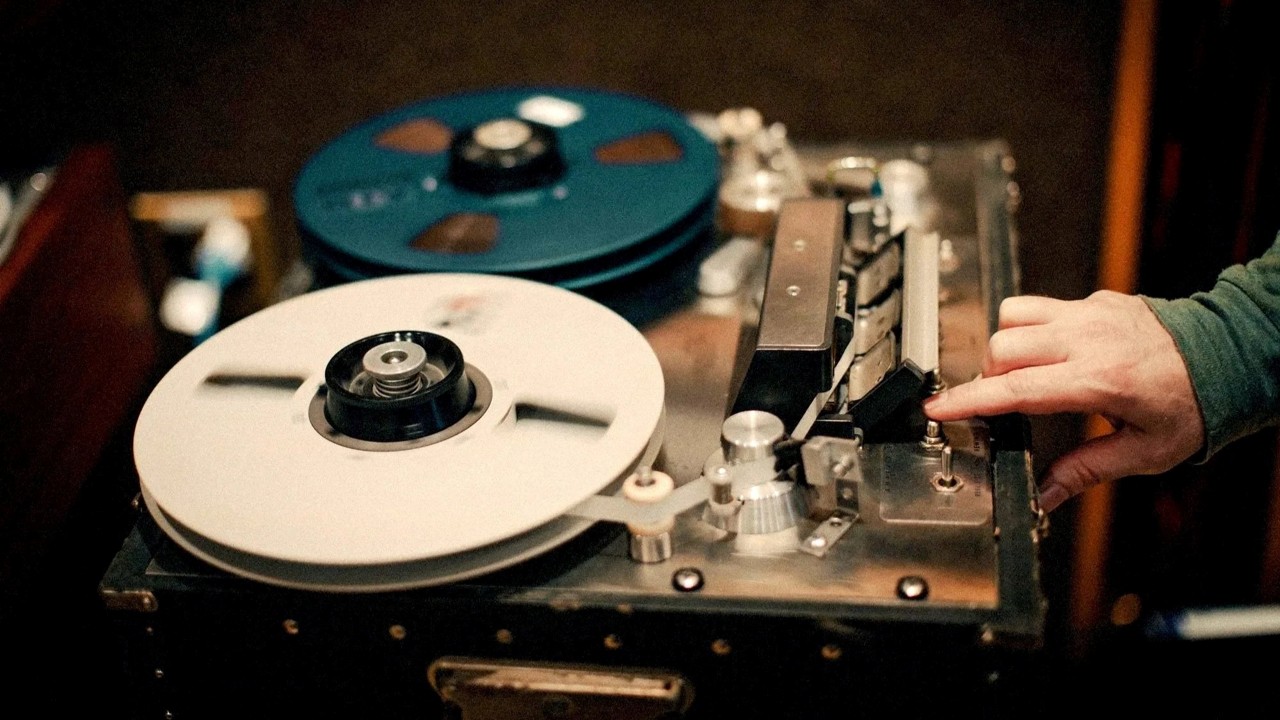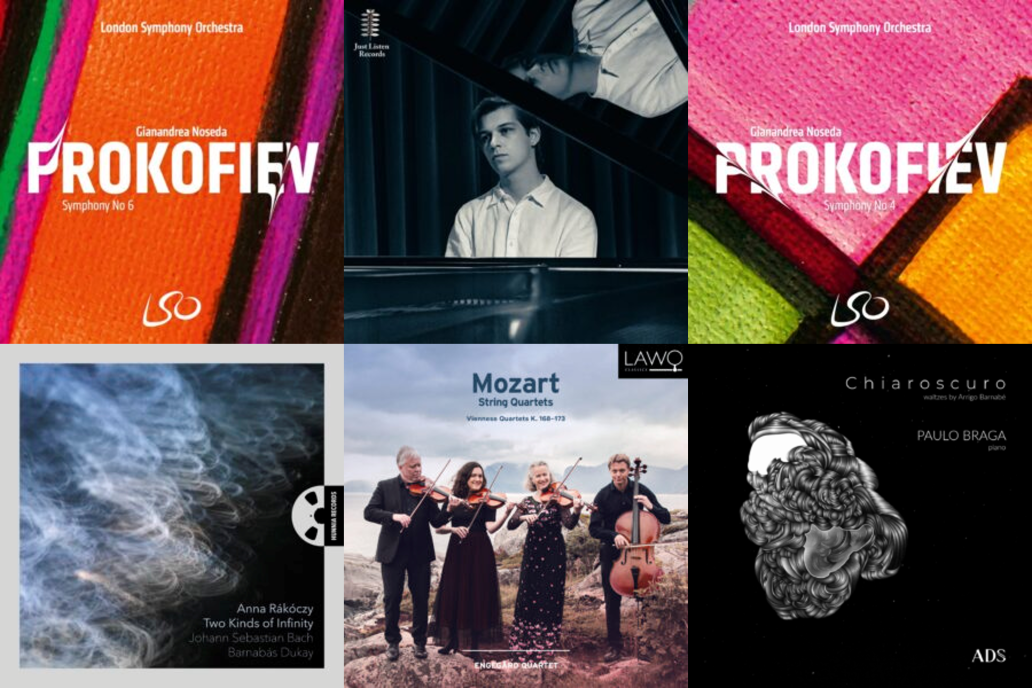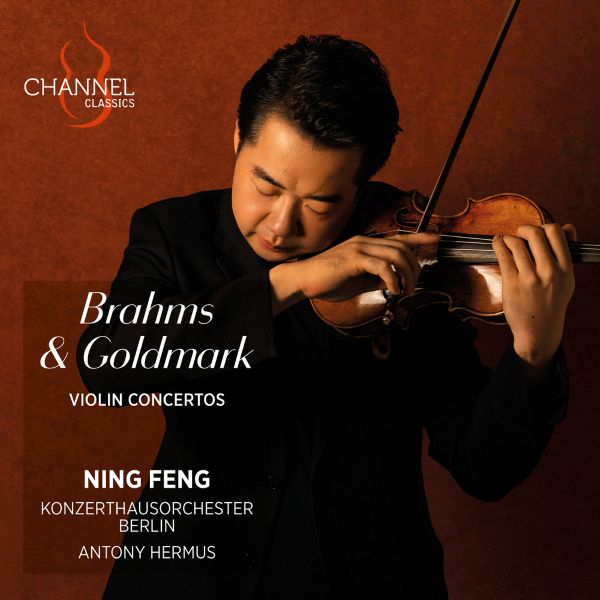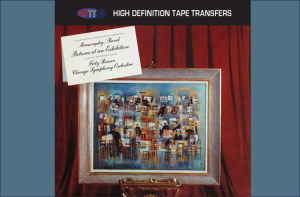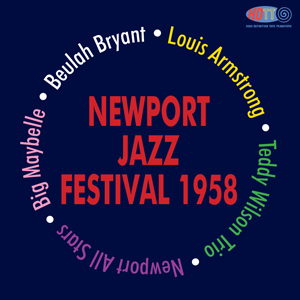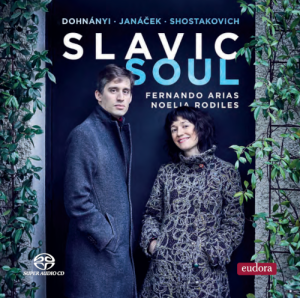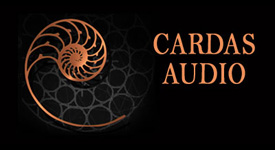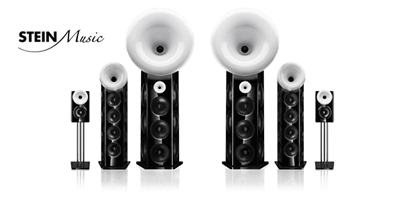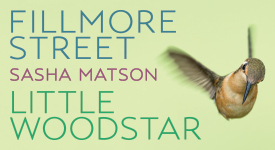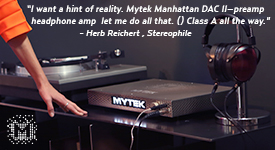We have a virtual cornucopia of excellence from NativeDSD for this edition of Recent Finds. Following the release of Eudora's outstanding Pure DSD256 album of Mozart's piano music for four hands, Review HERE, now we have a superb Mozart Requiem from Manfred Honeck and the Pittsburgh Orchestra, delightful Handel and Bach secular oratorios from Florilegium and Rowan Pierce (soprano), a definitive performance of Campra's Requiem and Miserere from Les Arts Florissants and William Christie, and much more. I hope you will find something that interests you to pursue.
Requiem, Mozart's Death in Words and Music, Mandred Honek, Pittsburgh Symphony Orchestra. Reference Recordings 2025 (DXD 32-bit, Stereo, MCh) Edit Master Sourced HERE
Mozart's Requiem in the late afternoon… I've been enjoying this recording from Manfred Honeck and the Pittsburgh Symphony Orchestra. It is crafted as a full concert experience with spoken interludes by F. Murray Abraham (wonderful readings) and additional instrumental music from Mozart's Masonic Funeral Music and Gregorian Chant. Treated as a concert, with due attention to it as such, it is a dramatic & engaging album. And it's perhaps the best choral music recording I've heard this year.
So, how well will a full concert program wear for multiple listening? Well, the answer to that comes from one of the joys of listening to computer audio: pick and choose the tracks you want to hear to create your own concert or recital. If I want to listen to only the Requiem, start to finish, it's a simply matter of selecting those tracks to play.
And, this morning I came back for another listen, this time doing just as I suggested above. I selected only tracks 10-23 for the Requiem alone. As you might imagine, yet another and completely different listening experience. And, a brilliantly successful performance once again!
Manfred Honeck once again coaches his orchestra into a dramatic, dynamic performance. The results he is accomplishing with his Pittsburgh Symphony Orchestra musicians continues to be remarkably satisfying. Each new recording I hear seems to rise to yet a next higher level of execution. The precision of both orchestra and chorus in this recording is exhilarating. And the soloists deliver superbly, each is nicely, very satisfying, matched to their parts for this work. And each sings to near perfection, with the same level of precision and excellent intonation that we hear from the chorus. Altogether delightful.
This performance was recorded by the remarkably talented Mark Donahue of SoundMirror in 2023, seeing release only now in 2025. Mark is the master of multi-miked orchestral recording—a pure magician at what he does so well. So this release has lots of good sonic DNA at its foundation. I'm listening to the DXD 32-bit release and it sounds pretty fabulous.
My highest recommendation, for both performance and sound quality. If I awarded stars, which I don't, it would be sparkling.
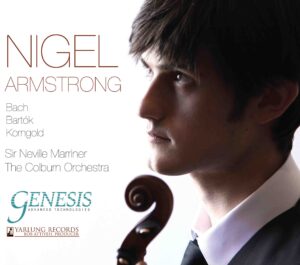
Nigel Armstrong, performing works of Bartok, Bach, and Korngold, with Sir Neville Marriner, The Coburn Orchestra. Yarlung Records 2008, 2015 (Pure DSD256, Stereo) HERE
Recorded in 2008 to 15ips 2-track analog tape, then transferred to DSD256 from the master tape in 2015 and released in this Pure DSD256 edition. This is a journey back in time for me to listen to this very lovely album once again. It contains a very nice set of performances by the then younger Nigel Armstrong, who graduated from the Curtis Institute in Philadelphia in 2004, performed and traveled following graduation, and then found a home as concert master for the Santa Cruz Symphony Orchestra from 2017-2023. He now performs as a soloist in concert tours. And, regrettably, I've not seen any following recordings from him. But his talent certainly shines forth as heard in these recordings captured by Bob Attiyeh for Yarlung Records.
The album opens with an energetic performance of Bartok's very challenging Sonata for Solo Violin. moves to Bach's Violin Sonata No.3 in C Major, BWV 1005, and concludes with Korngold's romantic Violin Concerto with The Coburn Orchestra conducted by Sir Neville Marriner in Royce Hall. Each work is delivered with high technical skill, drive, and, where called upon in the Korngold, a loving care and embrace. The final movement of Korngold's concerto is a riotous, fun-filled, dramatic romp, filled with humor and brilliantly performed by all.
Overall, this is quite an engaging recital that I listened to once again with a smile on my face.
As always, Bob Attiyeh's recording of both the solo instrument performances and the orchestral performance are beautifully done—very natural sound, perfect positioning of microphones, excellent soundstage capture. Bob pays attention to the details, uses the perfectly positioned minimal number of microphones, and accomplishing some of the most delicious recordings I get to hear. The Korngold Violin Concerto is presented with excellent balance of soloist to orchestra, not spotlighted yet never lost is the larger sound field.
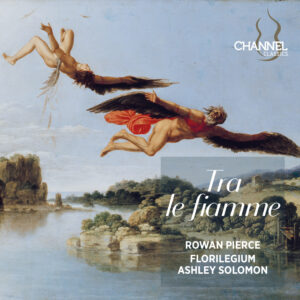
Tra Le fiamme (Among The Flames), Ashley Solomon, Florilegium, Rowan Pierce. Channel Classics 2025 (DXD 32-bit, Stereo, MCh) Edit Master Sourced HERE
This is a delightful new album of exceptionally well performed secular cantatas by Handel and Bach, performed by the always enjoyable chamber ensemble Florilegium, led by long-time music director and flutist Ashley Solomon, and joined by the delightful Rowan Pierce as soprano soloist.
Tra le fiamme is one of Handel's Italian style cantatas. And Bach's cantata Ich bin in mir vergnügt is an elegant example of one of his secular cantatas. Both works require vocal virtuosity combined with deep emotional expression. Rowan Pierce delivers superbly on both counts. Did I say she was delightful? Oh, indeed she is. With a light, but richly well rounded, expressive voice, excellent control, and immense expressivity. She is a perfect match to this music.
Rowan Pierce has been a Britten Pears young artist, Samling artist, a Rising Star of the Orchestra of the Age of Enlightenment and a Harewood Artist at English National Opera. Rowan made her BBC Proms debut at the Royal Albert Hall in 2017 with the OAE and returned in 2019 for Handel Jephtha and 2023 for Mendelssohn Elijah, both with the Scottish Chamber Orchestra. She has been well recognized, and deservedly so. If you have any affinity to the cantatas of Handel and Bach, I believe you will enjoy her performance here. I certainly have.
Rowan Pierce, recording session*
Ashley Solomon and Florilegium deliver yet another of their lively, alert, well paced, and deliciously well-performed recitals. I never tire of their excellent work. And here, they provide excellent support to their soloist, allowing her to shine, never overshadowing, nicely complementing.
And, the album allows Florilegium to shine in its own right with instrumental-only performances of concerti by Handel and by Vivaldi preceding and following the two cantatas.
Accordingly, the album contains a nicely judged balance of vocal works and instrumental works to maintain a varied flow of music. An audience should never become restive with this nicely alternating set of musical selections.
The concluding track on the album, and a well-judged conclusion indeed, is the final "Alleluia" from Vivaldi's In furore iustissimae irae, RV 626—a motet for solo soprano, written during his time in Rome, likely around 1720. This work is a dramatic, virtuosic piece intended for liturgical use, and this final movement selected for performance here provides a particularly uplifting, exuberant and virtuosic close to a most enjoyable recital.
This album finds a most welcome place in my music library. As I listen to it again this morning, I am struck by just how beautiful is the music and how beautifully well performed it is. Rowan Pierce is ethereal—unearthly in her beauty of tone and virtuosity. Florilegium is elegant, alive, lithe in its delivery.
And, the recording quality is among the best that I've heard from the inestimable Jared Sacks. Once again, Jared has found the perfect balance of soloist and ensemble, the perfect blend of direct and reflected sound, the capture of an utterly natural acoustic environment, and an overall recording that demonstrates a mastery of microphone technique that, with only a modicum of suspension of disbelief, allows the listener to close ones eyes and hear the performers live in one's listening space. This experience is rare. It is to be cherished and celebrated. Once again, my hat is off to Jared and I can simply say, thank you—thank you for such a marvelous listening experience.
Recording session, *screen capture from YouTube video of In furore iustissimae irae, RV 626: Alleluia by Rowan Pierce from Tra Le fiamme, HERE
Haydn 2032, Vol. 8 of the Complete Symphonies, Giovanni Antonini, Il Giardino Armonico, Kammerorchester Basel. Alpha Classics 2018 (176.4k, Stereo) HERE
Bartok! A little while back I wrote about this cycle of Haydn's Complete Symphonies HERE. I don't plan to write about each volume, but then this Volume 8 showed up in NativeDSD's catalog (they've been gradually backfilling) and I was absolutely intrigued by the contents. They programmed Bartok's Romanian Dances along with Haydn's Symphonies Nos. 28, 43, and 63. What?!?
Yes, indeed. Because these are all programmed thematically. And the theme of this volume entailed folk music as incorporated by Haydn into his symphonies—particularly dance tunes.
And what better complement to an 18th Century Austrian composer's selection of folk dance tunes for his symphonic compositions than a 20th Century composer's orchestration of folk dances in a work so very well known to modern audiences? Haydn was born in eastern Austria not far from the modern borders of Slovakia and Hungary. Folk themes often show up in his minuets and especially his trios.
The liner notes explain:
"..we can imagine that the nobles who listened to his music at the courts of Eisenstadt and Eszterháza could sometimes recognise the melodies that the peasants sang and played in festive moments or during their everyday lives. But it is often possible to detect in Haydn's compositions 'hidden' stylistic and rhythmic references to folk music, such as the offbeat chords played forte in the Finale of Symphony no.43, the 'Merkur,' or a certain attraction for asymmetries in phrase structure that is typical of various popular musical cultures. Another aspect of 'other' music was the evocation of an 'oriental,' 'Turkish' or 'gypsy' (or supposedly 'gypsy') style. Pieces in this category include the second movement of Symphony no.63, headed ‘La Roxolana,' in which the elegance and sinuosity of the melodic lines seem to refer to the traits of the dramatic character of the same name, as well as the 'orientalising' Trio of Symphony no.28."
So, in the spirit of always including a work of some composer other than Haydn in each of these volumes, Barok's Romanian Dances is included here. But, it does not sound as you might expect. Oh, no. This is played on period instruments, and they deliver a delightfully different listening experience.
The timbre of the 16th and 17th Century instruments certainly don't always fit with 20th Century compositions, but they do work well with folk tunes as collected by Bartok. The period instruments like the Renaissance flute (traversa), the chalumeau (predecessor to the modern clarinet) and other period reed instruments, the natural hor. Their evocative timbres have something in common with their counterparts in the popular culture of Eastern Europe and the Middle East. All add a piquancy that makes these a unique and very enjoyable traversal of these well know dances from Bartok.
It is, as the liner notes say, "A sort of experiment in the form of a return trip through the ancestral roots of 'learned' and 'popular' music."
By the way, as of this writing, NativeDSD is extending a discount offer for the Haydn_2031 cycle: "choose any four and get 25% off." HERE.
Mozart, 6 String Quintets on Historical Instruments, Spunicunifait. Alpha Classics 2025 (192k, Stereo) Edit Master Sourced HERE
This set of Mozart String Quintets are a pure delight. Spunicunifait's performances are alert, agile, and extremely well played. This is a group that I'm very happy to hear for the first time, and I hope they record more in the future. As I understand, this group of five musicians all have significant chamber music performance experience, as well as playing in orchestras such as the Chamber Orchestra of Europe. They have founded Spunicunifait to devote themselves to the in-depth study of Mozart's 6 String Quintets and to perform these quintets on historical instruments. The result is magical, completely involving, and just a wonderful listening experience.
And among these quintets is considerable variety. Mozart didn't simply tread the same ground over and over. No, he changed up. He surprises. He takes us down different paths in different works. And Spunicunifait similarly takes us on different journeys with the different works. They embrace the variety. They are happy to gradually unfold different insights, different subtleties invented by the ever inquisitive mind of their chosen composer. It is in the nuances that magic happens in these performances. The shifting dynamics, the turns of phrase, the unexpected note left hanging for just that right bit of tension, the stretching of lines for emphasis or question. It is all just immensely well done!
About these works, Spunicunifait writes: "We hope that as you listen you come to the same realisation we had that made us form this group: these pieces are absolute masterpieces that stand at the top of Mozart's chamber music output, alongside his greatest works of any genre... These works also represent a lifetime of growth for Mozart from his early days in Salzburg to the last year of his life. From KV. 174, when he is already in total command of his abilities, to the four later quintets which point to new musical paths, tragically never realised."
I highly recommend this album to you, all three discs. Play them through once. Play them though again. You will be entranced, as I am. Bravo!
Spunicunifait
Lorenza Borani, Violin
Maia Cabeza, Violin
Max Mandel, Viola
Simone von Rahden, Viola
Luise Buchberger, Violoncello
Recorded in April 2023 at Tonstudio Ölberg-Kirche (Berlin) and in December 2023 at Edgar Wallace Private Residence (Frankfurt). The photo here, from the included digital booklet, is not identified by location.
And what does "Spunivunifait" mean? Perhaps something just a bit facetious. Mozart, in a letter to his cousin Maria Anna Thekla Mozart, wrote the three mysterious words "Spuni Cuni fait." These could mean spun or woven, coney or rabbit, and “made.” The group concludes, "There are many opinions… perhaps a shawl made from rabbit hair… perhaps nonsense… perhaps something wildly inappropriate to write to one's cousin. For us it's important not to lose this side of Mozart in the face of his overwhelming genius: Playful, imaginative and a little bit naughty."
And that is Mozart. Nicely interpreted, nicely presented, with just the right dash of waggish humor.
PSA: For a much more in-depth article about this recording, the music, the performers, and comments from the performers, see this excellent article at Strings Magazine (HERE).
The Recovery of Paradise: Blackford Cello Concerto, Alisa Weilerstein, Czech Philharmonic, Tomáš Netopil. Pentatone 2025 (EP, 192k, Stereo) HERE
Richard Blackford's powerful new Cello Concerto—The Recovery of Paradise, was commissioned by Czech Philharmonic for cellist Alisa Weilerstein, a true cello virtuoso. The technical demands on the cellist are immense. But this is not just a technical prowess demonstration. This concerto is expressive, with a wild unbridled feel in certain movements, and deep longing and soulful beauty in others.
Blackford subtitles the work "Concerto for a Fragile Earth" and he writes: "While writing my cello concerto I read many articles and news bulletins about climate anomalies around the world. Extreme manifestations of the four elements of Nature (Earth, Air/Wind, Water, Fire) became the narratives for the first three movements. The final movement, inspired by the recovery of the town of Paradise, California, which was destroyed by wildfires in 2018, celebrates the resilience of the human spirit in the face of tragedy."
Recorded between 5-7 February 2025 in the Dvořák Hall of the Rudolfinum, in Prague, Czech Republic, it is an intriguing and compelling work. The sound quality is excellent.
A portion of the third movement of Blackford's Cello Concerto, with Alisa Weilerstein and the Czech Philharmonic.
Organised Delirium, Tamara Stefanovich. Pentatone 2025 (96k, Stereo) HERE
Pianist Tamara Stefanovich is simply a delightful guide to the kind of chaotic and challenging music I often enjoy. She opens with the Pierre Boulez's Piano Sonata No. 2 (1947-48), a challenging piece if ever I've encountered one, and she concludes with nearly seven minutes of Dominico Scarlatti. In between, Boulez' iconoclast work is paired with twentieth century sonatas by Hanns Eisler, Béla Bartók, and Dmitri Shostakovich, each of whom is challenging the conventional sonata form in one way or the other.
The title of the album is apt. It is an hour and twenty minutes of delirium with an underlying organization that belies any individual work. Tamara Stefanovich writes in the enclosed booklet:
"Delirium and organisation in its extremes are all around us, in an incredible disbalance. The notion of 'Organised delirium'...is a starting point for this album, and Boulez' Second Sonata is the centre point of ignition. It is a four-movement sonata...taking the old musical form as a catalyst and giving it a frenzied, feral and fantastic escape from the chaos that happened in the aftermath of the Second World War. The explosive emergence of phrases, eclipsing any expectation of structure, its delirium is obviously utterly organized, but its gestures are deeply human, intensely youth-infused and brilliantly expressive.
"This sonata came to me at a moment of complete chaos, in the years of the Balkan Wars, when I was left with no concerts, but only with the youth and intensity that it brings with it. The rage of the first movement and its almost unbearable passion, the way of being poetic in million ways in the second movement, the capricious, dangerous Scherzo and its enigmatic trio; all this had to be the preparation for the fourth movement that encompasses all the world. The choice to integrate fugues—the old form of utter musical organization—and its symbolic meaning are a masterstroke. Boulez employs them in a way that they can't be really followed—the pitch is too low and dark, auditory virtuosity too impossible to follow."
Stefanovich's performance is staggeringly effective, transcendently brilliant. She is no less effective performing the works of Eisler, Bartók and Shostakovich which follow.
Campra, Requiem & Miserere, Les Arts Florissants, William Christie. Pentatone (96k, Stereo) HERE
Magnificent!
One word covers it all. More words simply complicate what are beautiful, absolutely glorious works of sacred music in performances that rise to the skies in near perfection.
A second word? Two: Buy This.
More words? Okay, more words... This is some of the most beautiful sacred choral music ever written.
André Campra (1660-1744) has long been been underappreciated. He should not be. And this release is a tribute to his creative genius that should, hopefully, bring more listeners to an appreciation of his music.
As stated in the NativeDSD introduction to this album, André Campra's works are filled with clarity, grace, and emotional power. It is music that speaks straight to the soul, with harmonies that are subtle, expressive, and timeless.
And this performance by Les Arts Florissants, led by their founder and longtime music director William Christie, merits great respect and deep appreciation. It is perhaps the best performance that I have heard in over many decades of listening to these works. Performed on period instruments at original French pitch and shaped by authentic ensemble forces, this recording is a masterclass in historically informed performance, true to Campra's era, and brought vividly to life by musicians at the top of their craft. Les Arts Florissants infuse every phrase with elegance and a deeply rich sound. The choral sound is fluid and filled with grace, and the soloists are excellent in each case.
This is a powerful listening experience.
The album opens with Campra's Messe de Requiem (ca. 1695). Les Arts Florissants has recorded this work previously, but it is performed here in it's complete form for the first time. At a bit over 46 minutes, it is presented with a gravitas and impact that the shorter, compressed performances fail to capture. Christie writes in the enclosed booklet, "The emotional impact of the Requiem lies in its simplicity and directness. Campra's harmonic choices, while subtle, are deeply expressive and remain firmly rooted in the sacred tradition."
The Miserere is a more personal work, one of the penitential psalms. As Christie describes, it "speaks with quiet intensity and profound devotion." But, as the writer of the enclosed booklet opines, "in the end the composer favours a dynamic and fullness that responds to a redemptive, even triumphant vision of the sacred text."
All in all, these are both beautiful works, beautifully performed, that should be in every collection of choral music—whether sacred or not.
The recording is exemplary. Full rich sound, excellent detail with chorus, soloists, and instrumentalists all nicely balanced within a nicely reverberant, natural acoustic sound field. The original recording format was 96kHz. Not knowing the edit master resolution, I chose to listen to the DXD iteration as the most likely output from the mastering process. Unfortunately, NativeDSD does not specify what file they received from Pentatone. In any event, this DXD iteration sounds quite delicious.
A bit of biographical background: Campra was born in the South of France, in Provence, in 1660 and grew up with Italian musical influences. His musical education took place in Aix-en-Provence and then in Toulouse. And at the age of 34, he was admitted to the prestigious post of Master of Music at Notre-Dame Cathedral in Paris. But just a few years later Campra was drawn by opera and gave up his position at Notre-Dame de Paris. He did not return until twenty-three years later, when he was appointed to the Royal Chapel. In the interim he wrote multiple operas and was embraced within the aristocratic circles surrounding Louis XIV's court.
All images courtesy of the respective labels.

